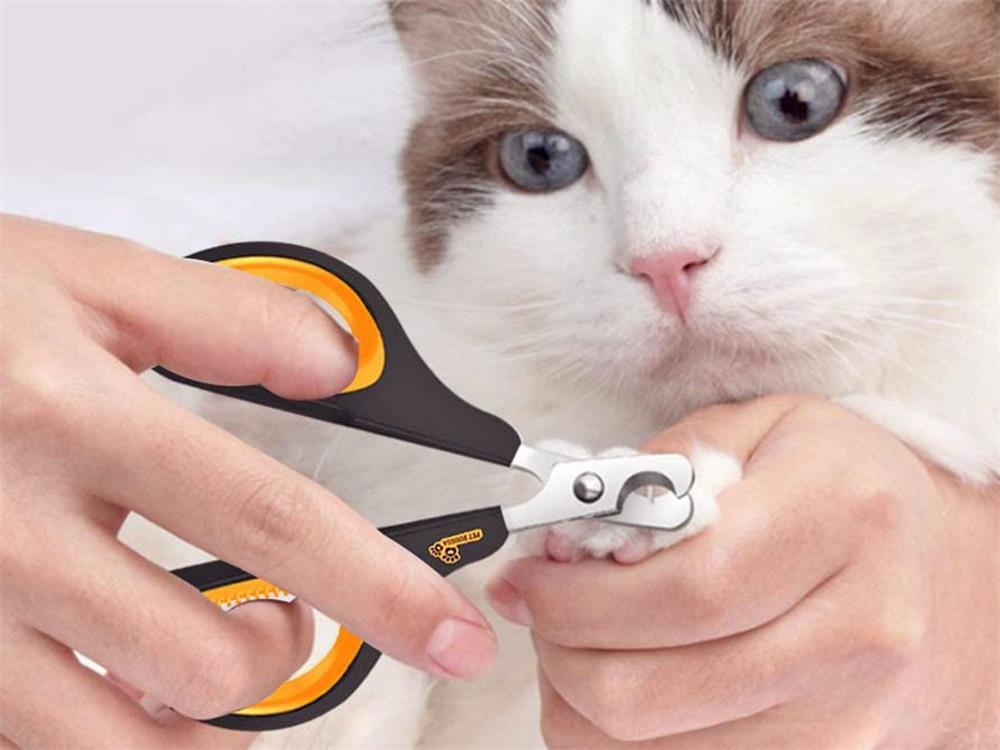Contents
Your pet’s ears are an important part of their overall health and well-being. Keeping them clean and free of dirt, wax, debris, and infection can prevent many problems and discomfort for your furry friend. Here are some tips on how to care for your pet’s ears and what to look out for.
How often should you clean your pet’s ears?
The frequency of ear cleaning depends on several factors, such as the breed, coat type, ear shape, activity level, and environment of your pet. Some pets may need weekly ear cleaning, while others may only need it once a month or less. A general rule of thumb is to clean your pet’s ears when they look dirty or smell bad.
Some breeds, such as Basset Hounds and Cocker Spaniels, have long, floppy ears that trap moisture and dirt, making them more prone to ear infections. These breeds may need more frequent ear cleaning than others. Other breeds, such as Poodles and Schnauzers, have hair that grows inside the ear canal, which can also cause irritation and infection if not trimmed or plucked regularly.
Some pets may also have allergies, ear mites, or other conditions that affect their ears and require more frequent or special ear care. If you notice any signs of ear problems in your pet, such as redness, swelling, discharge, odor, scratching, shaking, or head tilting, you should consult your veterinarian for diagnosis and treatment.
How to clean your pet’s ears?
Cleaning your pet’s ears does not require any special equipment. A good quality ear cleaning solution, some cotton balls or gauze, and some treats to reward your pet are all that is needed. Do not use cotton tip applicators (Q-tips®), due to the risk of perforating the ear drum or causing trauma to the ear canal.
To clean your pet’s ears, follow these steps:
- Choose a quiet and comfortable place to do the ear cleaning. You may want to do it in a bathroom or a room that is easy to clean in case your pet shakes his head vigorously during the process.
- Gently hold your pet’s head and lift one ear flap. Squeeze some ear cleaning solution into the ear canal until it is filled. Do not insert the nozzle of the bottle into the ear canal.
- Massage the base of the ear gently for a few seconds to help loosen the dirt and wax. You may hear a squishing sound as the solution moves around.
- Let your pet shake his head to expel the excess solution and debris. This may get messy, so be prepared to wipe up any spills with a towel.
- Use a cotton ball or gauze to gently wipe the inside of the ear flap and the opening of the ear canal. Do not push the cotton ball or gauze too deep into the ear canal.
- Repeat the same steps for the other ear.
- Praise and reward your pet with treats for being a good patient.
How to choose an ear cleaning solution?
There are many types of ear cleaning solutions available for pets, but not all of them are suitable for every situation. Some factors to consider when choosing an ear cleaning solution are:
- The pH level: The pH level of the solution should be neutral or slightly acidic to match the natural pH of the ear canal. Avoid solutions that are too alkaline or too acidic, as they can irritate or damage the skin.
- The ingredients: The ingredients of the solution should be gentle and safe for your pet’s ears. Avoid solutions that contain alcohol, hydrogen peroxide, vinegar, or harsh chemicals, as they can dry out or burn the skin.
- The purpose: The purpose of the solution should match your pet’s needs. Some solutions are designed for routine cleaning and maintenance, while others are designed for treating infections or specific conditions. For example, some solutions have antibacterial, antifungal, or anti-inflammatory properties that can help with infections or inflammation. Some solutions have drying agents that can help with pets who swim or have moist ears. Some solutions have probiotics that can help balance the ear flora and prevent infections.
Always consult your veterinarian before using any new product on your pet’s ears. Your veterinarian can recommend the best solution for your pet based on their medical history and current condition.
Conclusion
Keeping your pet’s ears clean and healthy is an important part of their hygiene and wellness. By following these tips and consulting your veterinarian when needed, you can prevent many ear problems and ensure your pet’s comfort and happiness. Remember to always be gentle and patient with your pet during the ear cleaning process, and reward them with treats and praise for being cooperative.







